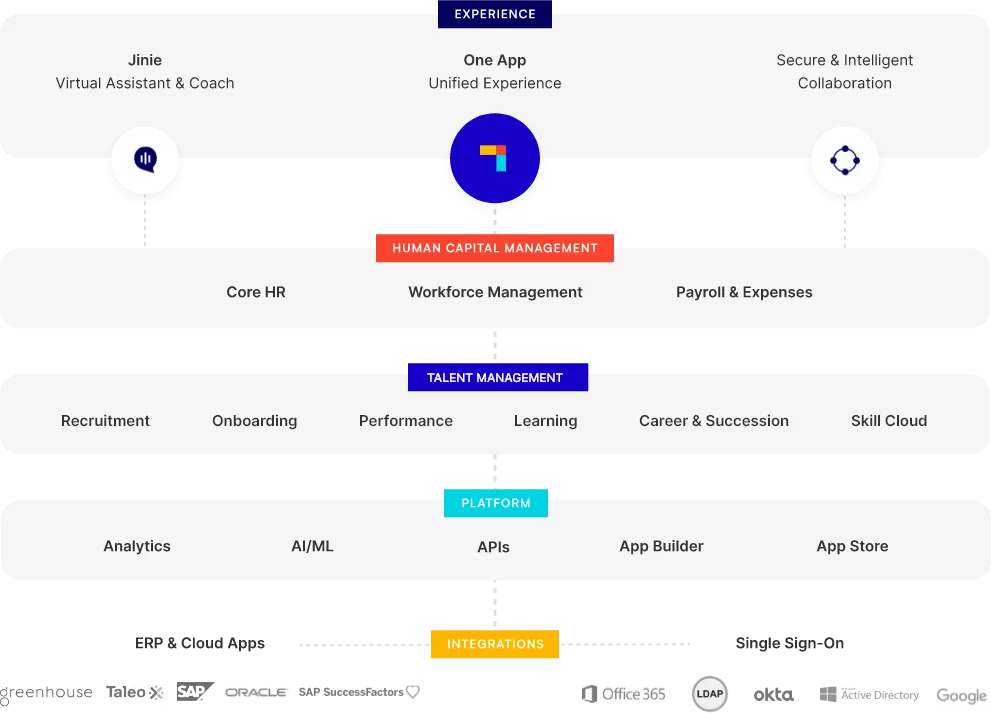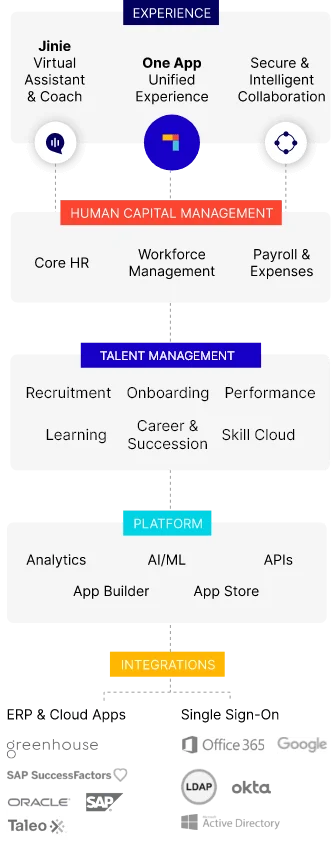A design pattern is a general repeatable solution to a commonly occurring problem. In the context of OKR (Objective & Key Results), many companies fail at the implementation stage as they find it challenging to arrange OKRs in a way that can lead to successful implementation and adoption of the framework.

This challenge will come to you when you have understood the basics of OKR and probably have read a couple of books or articles on the subject. When implementing the OKR in your organization, you need to remember that the organization is not a combination of different independent units, but a complex adaptive system. And this system is run by people who have different motives and need to be engaged for it to run efficiently. And, any change we want to bring into the system needs to be thought about thoroughly.
The question we are trying to answer here is how one can arrange the OKRs in an organization’s complicated system, which often is hierarchical.
There are four basic design patterns which can be applied to implement OKR’s
- Silo Pattern: Each individual owns the objective, and the objective owner herself owns all the key results. It is simple to implement and easy to modify but again encourages silos in the company.

- Team-Based OKR Pattern: Here the Key Results are either owned by the direct reports of the objective owner (team members reporting to the manager) or by someone who might be part of a different team but is part of the squad led by the objective owner
- Top-to-bottom Cascade Pattern: This pattern is more suited for companies that might have a 4-level hierarchy and connects the top-level execution agenda to the bottom level execution. That means cascading of the execution agenda down to the last person of the company. This pattern works best if the execution happens at the bottommost layer only.

- Top-3-level Cascade Pattern: This pattern is again suitable for organizations that have a 4-level hierarchy. In this OKR pattern, we connect the top 3 levels of the company and cascading stops at the 3rd level of the company. The 4th level has its OKRs based on silo pattern. This pattern assumes that if the top 3 levels of the company are in sync, then there will be a better flow of the agenda.

Performance is a technology platform for companies that desire faster outcomes. We provide an intelligent management system that aims to take your performance process to the next level. We strive to bring your business performance closer to people performance. Get in touch with our executive to know more about Performance and how we can manage your processes better.













